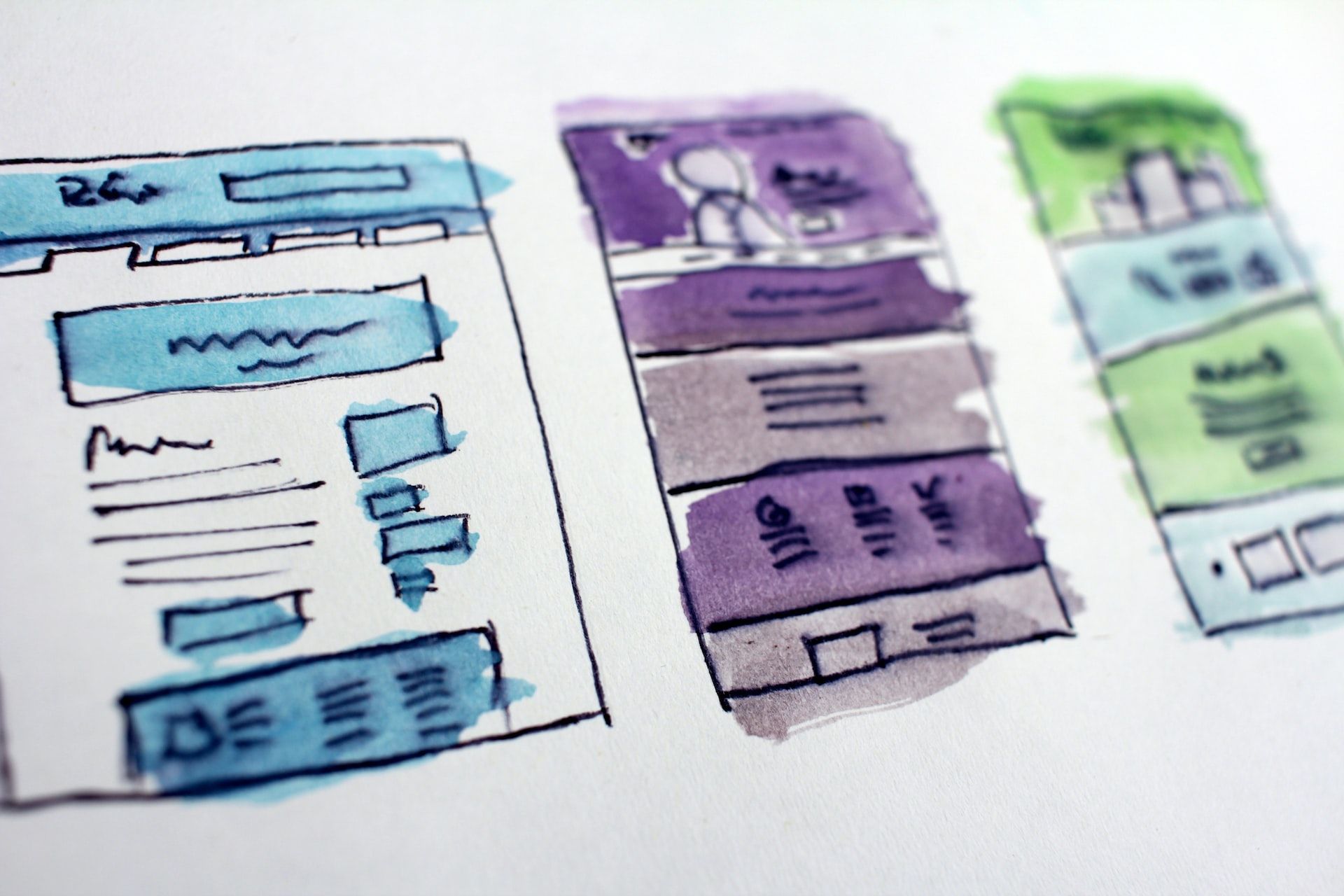Marketing is one of the most important tasks a company can take on, but many small businesses don't have the budget to hire a dedicated marketing team.
Instead of hiring a marketing professional in-house, they hire a digital marketing agency to handle their marketing. As the rise of eCommerce and entrepreneurship continues, digital agencies are becoming essential in a company's effort to scale.
Digital agencies can leverage their knowledge to provide the level of service each client requires, using a team of dedicated professionals to handle everything from design to social media posts, emails, software development, and more.
Creating your own digital agency can be the right option if you have experience in marketing or software development and have strong social and leadership skills.
However, there are several ways to set your prices. Choosing the best way for your company will impact your bottom line, so it's essential to plan how you'll set your fees before you win your first client.
Finding the most profitable business model for digital agencies
Since digital agencies offer various services and products to their clients, there are several ways agencies bill them. Here are a few of the most common methods:
Flat Fee
With a flat fee business model, your client pays a set amount (usually per month or upfront if it's a one-time project). For example, their fee may include a set number of emails and social media posts, a certain number of blogs, or any similar combination every month. For software developers, this could include developing an app or monthly maintenance.
Pros of the flat fee model
This agency business model is probably the easiest one to bill. In this model, your client will never be surprised with their monthly bill. In turn, you and your employees know exactly what to expect regarding the work required each month. This simplifies managing your workflow and can help you set your expectations accordingly.
Cons of the flat fee model
A flat fee arrangement could turn out poorly for the agency if employees spend more time on the project than expected. Additionally, your profitability is capped with the flat fee.
Hourly Rate
Billing an hourly rate is another example of an agency business model. This model is self-explanatory: keep track of your hours and bill the client accordingly.
Pros of the hourly rate model
Using the hourly rate ensures you'll remain profitable since you can bill for every hour your employees have worked. If a project takes longer than expected, you won't have to absorb the costs since you'll pass them along to the client.
Cons of the hourly rate digital agency model
A downside of using an hourly rate is that clients may be surprised when they receive a larger than usual bill. They may also not understand why a project took as long as it did, leading to more back-and-forth and an unhappy client.
Remember that as a business, not every hour you work is billable to a client. For example, time spent on invoicing, marketing your own business, or internal meetings may not be billable, so spending too much time on these tasks can reduce your profit.
Additionally, the hourly rate model punishes efficiency by reducing your pay as you become more productive and efficient over time.
Simple Time Tracking Solution for your Agency
Performance-Based
With performance-based business models, your digital agency will be paid based on meeting specific criteria or metrics. For example, you're paid based on the number of clicks, number of conversions, or some other metric important to your client.
Pros of the performance-based model
With this model, the customer can be sure they're receiving quality service - after all, your payment is based solely on the results! This also incentivizes hard work from you and your employees as you try to optimize your clients' results. Performance-based metrics also allow you to scale and grow your income rapidly.
Cons of the performance-based model
The biggest con of this model for digital agencies is that if your work doesn't perform as expected, you don't get paid. And while you may do your best to optimize results, some factors (such as economic downturns or other outside influences) may be out of your control and still affect performance.
Commission
Similar to the performance-based model, this model will pay you based on metrics. However, instead of metrics such as clicks, you'll be paid a percentage of sales, new subscriptions, or something else your client is selling.
Pros of the commission-based model
Like the performance-based business model, you'll work extra hard to make sales, knowing you'll get paid a percentage of those sales. Clients have added incentives to use this model because they know their profitability won't be hurt since they'll pay only a percentage of their sales.
Cons of the commission-based digital agency model
Once again, you will only get paid if your work performs well. This can lead to budget shortfalls, especially at the beginning of a project, and variable income over the life of the campaign or project.
Combination
A combination model is a pricing model which uses two or more business models. For example, an agency business model may include charging a flat fee for a service and receiving a bonus based on your work performance. Or, it could consist of charging a flat fee for a set amount of hours each month and an hourly fee for the hours you spend beyond the agreed-upon amount.
Pros of the combination-based digital agency model
The combination model allows both you and the client some flexibility. It can allow you to scale your business while retaining a pricing structure that ensures you'll still get paid regardless of your performance. And for the client, they can ask for more work for a particular project when they need it without having to renegotiate a contract.
Cons of the combination-based digital agency model
Using a combination model can make billing a bit more complicated since you'll have at least two factors to consider.
3 criteria every agency business model has to meet for success
Regardless of how you bill your customers, there are other factors you need to consider. Before starting your digital agency, make sure you meet these three criteria.
There is a market for what you offer
To be profitable, you have to have buyers. If there's no market for your services, buyers will be nonexistent, and your business will never get off the ground.
You offer an attractive USP (Unique Selling Proposition)
What makes your business different from the hundreds or thousands of others? To secure your success, find your USP, capitalize on that in your marketing, and ensure your clients know what makes you stand apart from everyone else.
The company can offer its services and still be profitable
Without profitability, your agency's business model is headed for disaster. Determining profitability can be challenging, especially at the beginning of a business. Create a budget for all your expenses, including payroll, taxes, online tools, office expenses, etc., and be sure your income meets or exceeds all your business expenses.
How to adjust your business model for success
It can take some trial and error before you become successful. Staying agile, addressing problems as they arise, and leaning into your USP can help you adjust your agency business model as needs arise. As you're thinking of how to write a business model and stay profitable, here are some aspects to keep in mind.
Adjust your billing methods
If your billing method isn't covering your expenses, one of the other methods on this list may be best. It might be challenging to switch existing clients to new billing methods, but new clients can easily be shifted into a different pricing model.
Automate as much as possible
The more your business can automate, the more time you can spend on the tasks which make you profitable. These critical areas for small business process automation can help you save time and money.
Concentrate on scaling and growth
What worked for your company when you were a solopreneur may not be working any longer as you've added staff and grown. Make sure you continue looking for ways to grow your business and consider the long-term implications of the changes you implement.
Adjust your offer
Look for ways to upsell your existing customers by offering more value, products, or services to your current customers.
As your company grows and changes, be prepared and willing to make changes to the structure of your digital agency and your pricing models. As you grow, time-tracking software can help you stay on top of how your employees spend their time and help you adjust the billing model of your digital agency.





